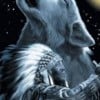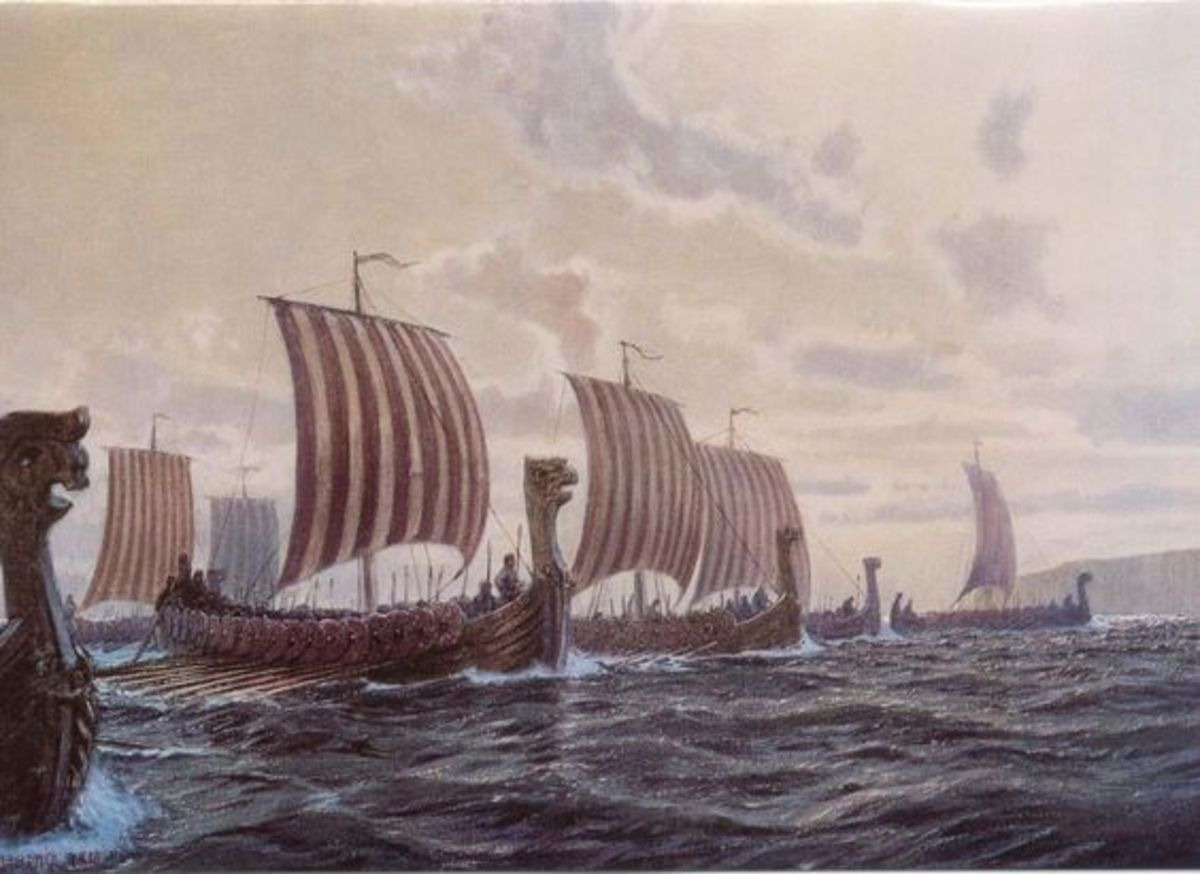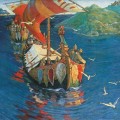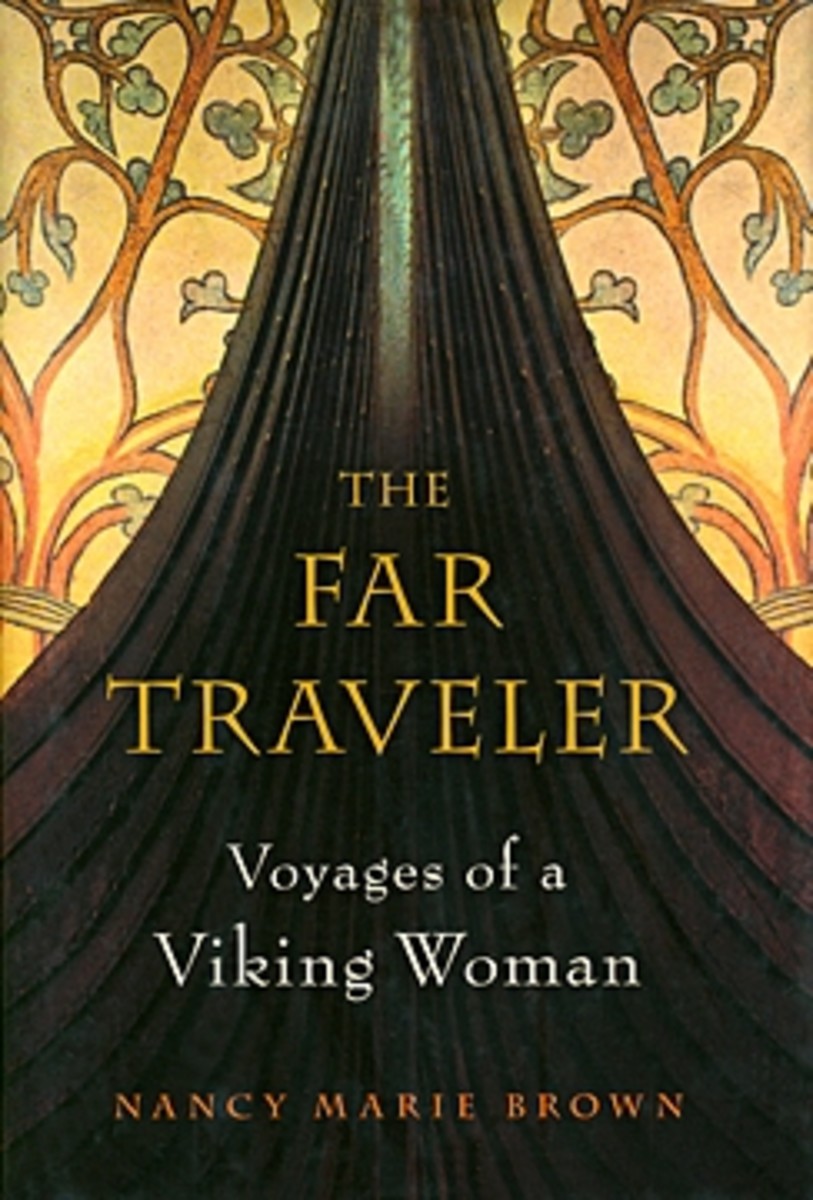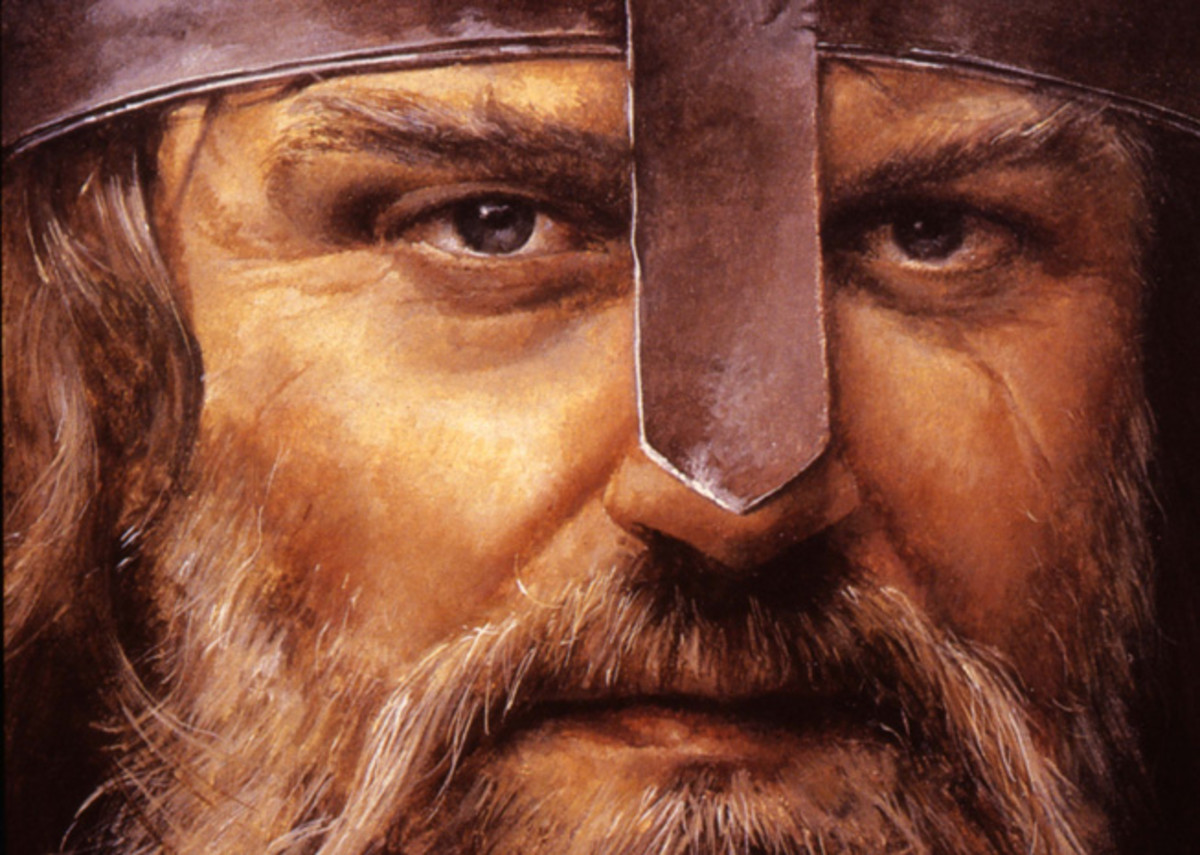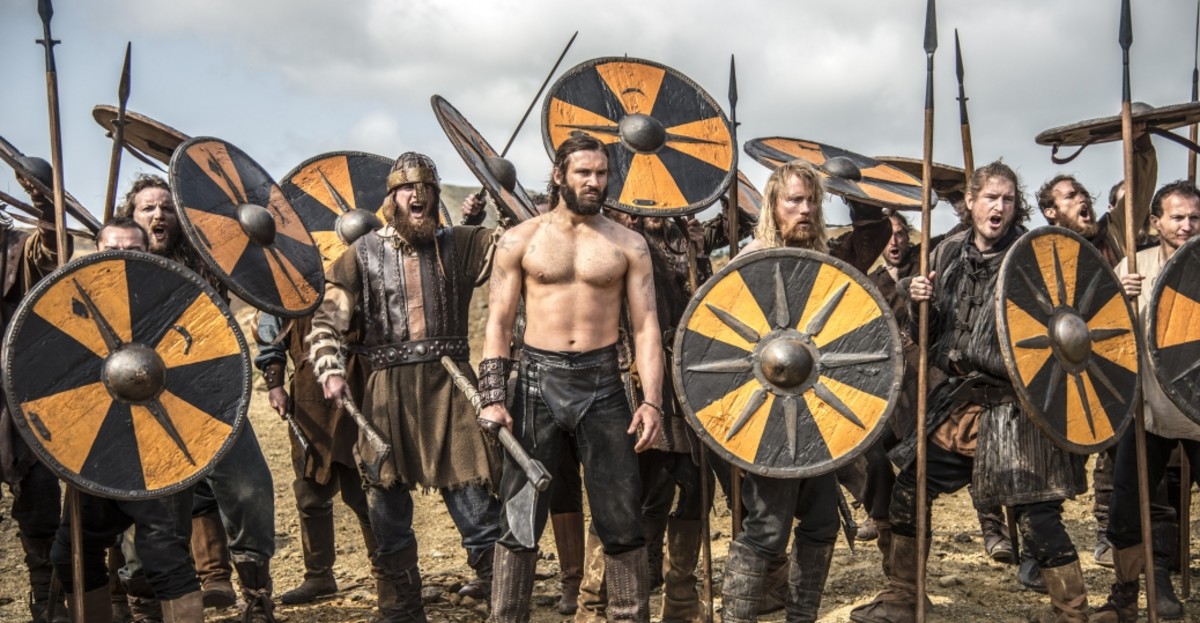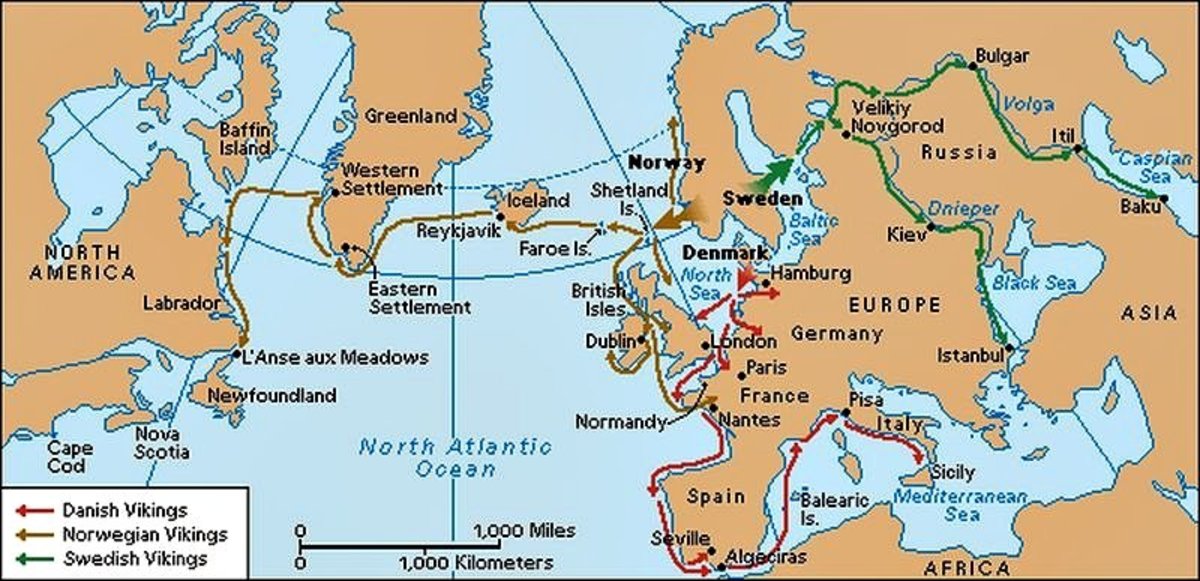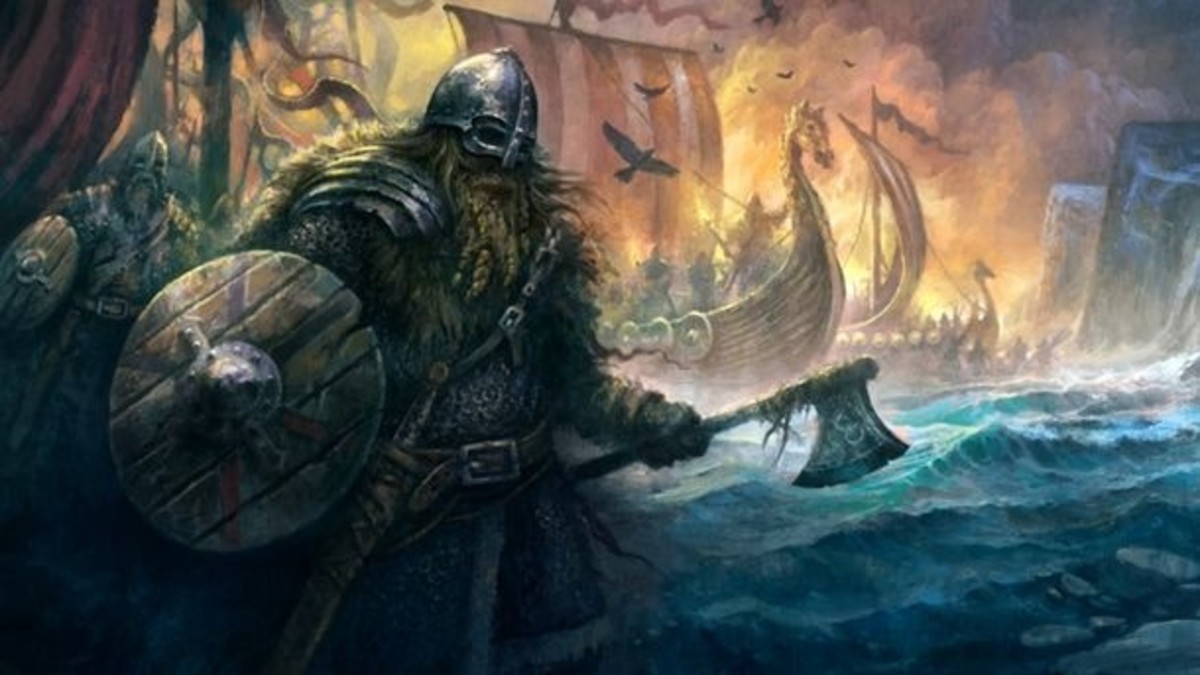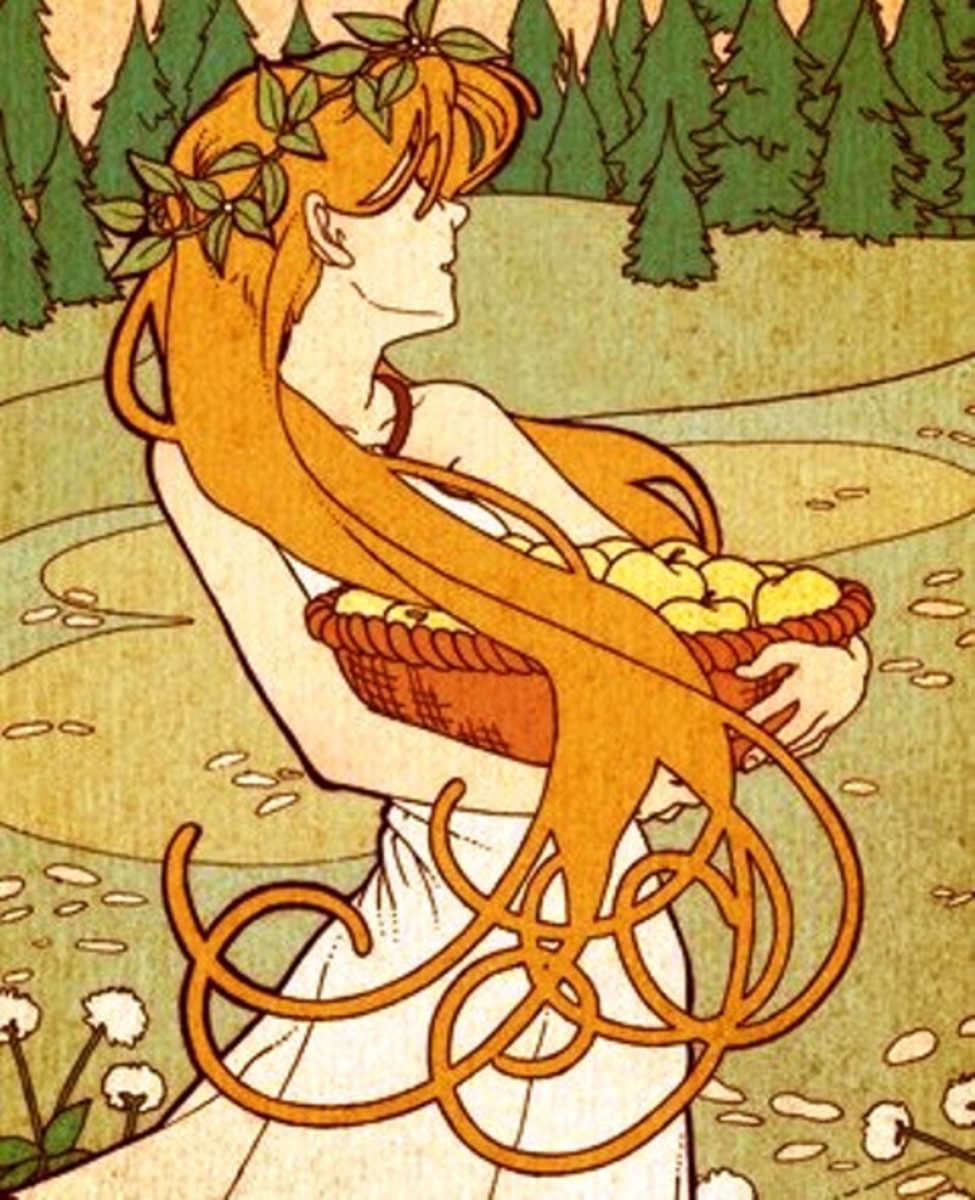- HubPages»
- Education and Science»
- History & Archaeology»
- History of Europe
The Vikings, Voyage Of The Longships
The Norse Colonization Of The Americas
The Vikings began to explore the shores of North America as early as the 10th century and possibly even before then. The Viking colony in Greenland lasted for over 500 years but the North America settlements were smaller and lasted for a much shorter length of time. The Vikings may have been attacked and run off from some of their North America settlements by the Native American people already living there.
Artifacts of the Viking people have been found from Maine down to the North Carolina Outer Banks. There are Viking records of them exploring the North American east coast and taking furs and trees back to Greenland. This is believed to have went on for over 500 years.
Warriors Of The Sea
The Vikings set out to trade, plunder, explore and settle in the known world - and beyond. These voyages would last for years. The Danes sailed down the Friesian coast, and across to England, while the Norwegians went west across the North Atlantic. Swedish adventurers found their way to the Black Sea.
The Vikings established settlements in North America 500 years before Columbus sailed across the Atlantic. It is now believed that Leif Eriksson reached North America around the year 1000. He and his men may have cut down huge trees near present day New York City and floated them back to Greenland. The Vikings started losing control of Greenland around 1350 and the Greenland settlement was abandoned around 1450.
The Viking Longship Was The Perfect Raiding Ship
Narror and light in construction, the Viking longship could reach far upriver. Vikings sailed down Russian rivers to the Black Sea. They could make short " portages " dragging or carrying the boats overland between waterways. This brought inland centers such as Paris within easy reach of raiding fleets. It was not long before the whole of Europe feared the Vikings. They were rough and ready. Spears, swords and battleaxes were the Vikings' main weapons.
Ancient Vikings , Voyage Of The Longships.
The longships emerged from the sea mist, their dragon-prows a declaration of intent, their arrival sparking pandemonium and panic. The Vikings' fearsome reputation as seaborne warriors who came to kill and plunder is well deserved, yet does not tell the whole story about a brave and resourceful seafaring people, who carried their complex culture and extraordinary mythology far across the Atlantic to find new lands.
Voyage To A New Land
As restless as his father Erik, Leif Erikson set off south around the year 1000. He passed Baffin Island and Labrador before arriving at a place he called Vinland, meaning wither " wine land " or " pasture land ".
Leif's Landing
In 1960, archaeologists uncovered what seems likely to be the colony that Leif founded, at L'Anse aux Meadows, in northern Newfoundland. Grassy mounds marked out what had been the foundations of eight buildings dating from the right time.
Colony Life
Life was communal, the former shipmates, eating and sleeping together with very little privacy. The men dug iron ore from near by bogs and smelted it on site, and they cut timber to ship back to treeless Greenland.
Rival Tribes
The Vikings assumed that no one lived in the "new" country they had found. In fact, on the northern islands there were people of the pre-Inuit culture, the Beothuk in Newfoundland and the Mi'kmaq and Maliseet on the mainland further south. The Vikings called them all skraelings or weaklings, although this was far from the truth.
Where Did The Vikings Go
The trip down America's east coast may have been feasible in fair weather for the Vikings. They may have ventured as far south as the North Carolina Outer Banks and some experts think they may have reached as far south as Mexico.
Before Its News
Click Here For Before Its News
Leif Ericson discovers America
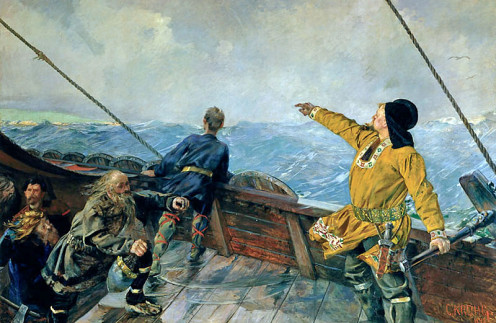
Sea Wolves
From the fury of the Northmen, Lord deliver us, went the prayer offered up in Europes monasteries. There is no escaping the fact that the Vikings could be cruel, their violence overcoming all resistence.
Viking raiders struck with out warning, generally only one or two longships at a time, but, with the advantage of surprise and sheer ferocity, they often prevailed. Setting fire to houses, sacking churches, seizing valuables and captives, and driving off livestock, they could be back at sea before any serious resistance could be organized.
Swift Raiders
A Viking fleet of " Dragon Ships " was a truly terrifying sight as they skimmed swiftly across the waves on their way to attack coastal cities and villages.
Brutal Attacks
Although terror was a tool of the Viking trade, they took hostages for ransom when it suited them. For years, England's King Aethelred had to pay Danegold a tribute in silver, to buy off the Vikings and ensure his country's safety.
English Abbey Falls
On June 8, 793 the ravages of heathen men miserably destroyed God's church on Lindisfarne, with plunder and slaughter. It was not just a terrible attack on one of the richest and most famous monasteries in Europe, but was seen by Christians as a blow against their faith. From that day forward all of Europe feared the longships and the Viking warriors they carried into battle.
Ready For War
Many Vikings favored the heavy, skull-splitting battleaxe. They carried a circular shield and some had tunics protected by chainmail. Other warriors wore robes of bearskins and worked themselves into a frenzy before battle- the origin of the word berserker. Swords, spears, and battleaxes were the Vikings' main weapons.
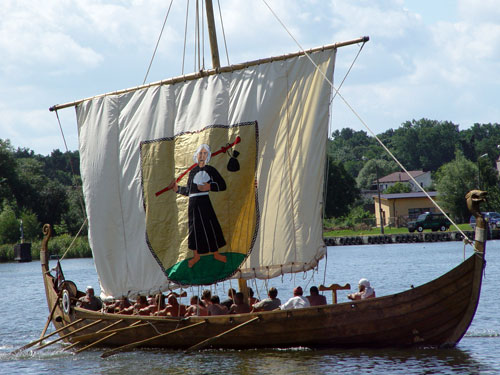
Master Shipbuilders
Of all the Viking vessels, the " Dragon Ship " or Drakkar is instantly recognizable, its distinctive prow a terrifying sight. The Vikings were master boat-builders who knew how to adapt traditional techniques to create superb vessels for war, trade, and exploration.
Boats For Every Occasion
Narror, streamlined and built for speed, the dragon ship's shallow draft allowed navigation in muddy estuaries and far inland along rivers. It is also known as the longship. The cargo ship, or knorr was the workhorse of the coastal trade and was also used for transatlantic voyages.
Power And Grace
Viking vessels owed their grace and flexibility to their " clinker " build, with its overlapping oak planking. Shipwrights started by laying down a keel carved out of a single tree trunk. They then worked outwards, one plank at a time, caulking, or filling the gaps with animal hair mixed with sticky pine pitch.
The Sun Was Their Compass
The sun compass was one of the tools that some experts believe the Vikings used to navigate by the sun. Norse seamen did not have maps, but were able to navigate with remarkable accuracy.
Ship Shapes
The Vikings did not build ships to exact plans, instead, each individual ship was built for a purpose and suited to different waters and uses. The longships were taken on raids because they were fast. Cargo ships were slower, with room for storage.
Please Vote In Our Poll.
Did You Know The Vikings Were In North America At Least 500 Years Before Colombus?
The Sagas Or Epic Stories Of The Vikings
The sagas, or epic stories, of the Vikings were passed on by word of mouth before finally being written down from the 12th to the 14th centuries. While some recount ancient tales of Gods and godesses, some tell of their journeys and others give a vivid account of the realities of Viking life.
Rumor has it that the Vikings first heard of North America from Irish monks who had earlier traveled there. It is even possible that Irish hermits had settled in North America in the area of Newfoundland but they were killed by the Vikings or moved further west or south when the Vikings arrived. No trace of these early Irish hermits has ever been found.
Replica Of A Viking Longboat
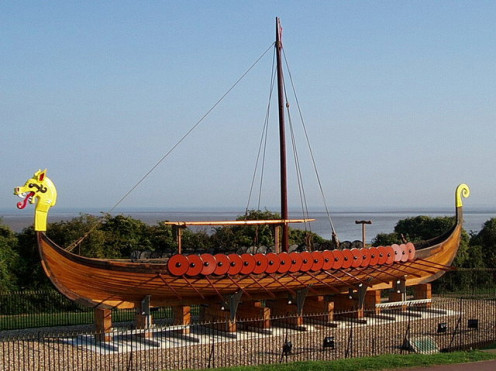
Viking Homesteaders
Most Vikings lived on a farmstead, which was a group of buildings that included a longhouse, stables, barn, and boathouse. The farmer and his relations lived cheek to cheek in the communal longhouses. They often shared the space with animals and the building was also used to store food, supplies, and tools. At certain times of the year men would go off raiding. Some of these men would be gone for years.
Homespun Living
The Vikings wore simple tunics of wool or linen, with woolen cloaks woven by the women. They had shoes made of fine leather. To indicate status, they also wore decrotive brooches.
Skilled Craftsmen
The Vikings were accomplished craftsmen, working with iron to make tools and weapons, and with gold, silver, and copper to make beautiful jewerly. They were adept carvers, fashioning antler, bone, and wood into many objects. Their wood-carving skills were perhaps most shown off in the ornamental prows of their ships.
In Search Of Riches
With good land in short supply, highborn young men who wanted to make their mark , or poor men with no propect of owning land, were driven to go out into the world to seek their fortunes. Some went to enrich themselves by raiding settlements in other countries, others to find a place of their own and build a new life. Sometimes the Vikings ended up doing both.
Iceland A New World
The Viking expansion across the north Atlantic in cargo ships happened over several decades. From Orkney and Shetland they reached the Faeroes around 825, and by 860 had made their way to Iceland.
There For The Taking
At the time, Iceland was uninhabited. Anyone could clear a patch of forest and set himself up like a chieftain of the old country. The Viking pioneers became the aristocracy of Iceland. For all the airs the old elite gave themselves, the archaeological evidence suggests that Iceland was a very equal society. No one was that much richer than anyone else. And it was a democracy of sorts. All free men had the right to speak at an assembly, called an Althing, held each year.
A Green Land
The man who led settlers to Greenland was nicknamed " Erik the Red " the color of his beard. The title suited him. He was expelled from Norway for killing a man and took refuge in Iceland. In 982, he was banished from Iceland for feuding and he headed westward.
Explorer On The Run
Erik had heard stories of another country west of Iceland, glimpsed when a ship had been blown off course, Eric found the island about 983 and returned to Iceland in excitement to recruit settlers to come join him in what he called Greenland. In 986, the first settlers arrived and began to settle the area.
VIKINGS, conquers of Northern EUROPE and Vinland (America)
An Afterlife Apart
The Vikings had a warlike worldview, while ordinary people descended to the underworld when they died, a special afterlife, Valhalla, was set aside for those men who died in battle. The Gods and heroes of their legends were warriors who fought to protect their communities from giants and monsters. They set great store by their own courage in combat and their prowess in war.
The Viking Longship
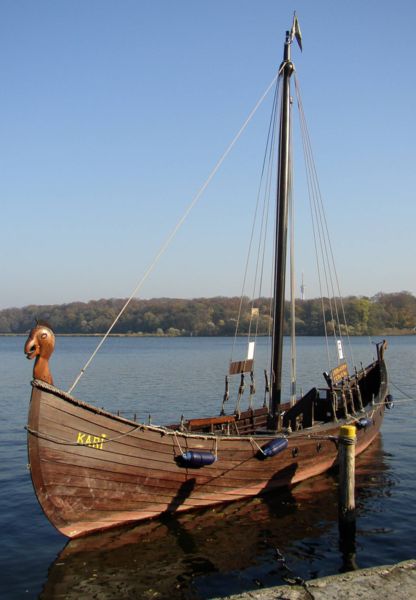
Gods Of The North
The Vikings believed that Odin, greatest of their Gods, had fashioned the physical earth from the body of a frost giant, whom he had killed after a mighty struggle for supremacy. In the cosmos he created, the one eyed Odin reigned as God of wisdom and war. His wife Frigg was a mother Goddess. Thor, the God of Thunder, was Odins son. He spent eternity defending his father's creation from the giants who constantly threatened the land.
Reading The Runes
The Vikings had their own written language, with a basic alphabet consisting of 16 symbols, known as runes. Later runic alphabets had more characters. The runes were made by carving straight lines into stone, wood, or bone and they were used in various ways, to assert the rights to a piece of land, to mark objects, and to commemorate the dead. It was not until the 13th century that the Vikings began to write down a history of the Viking history.
